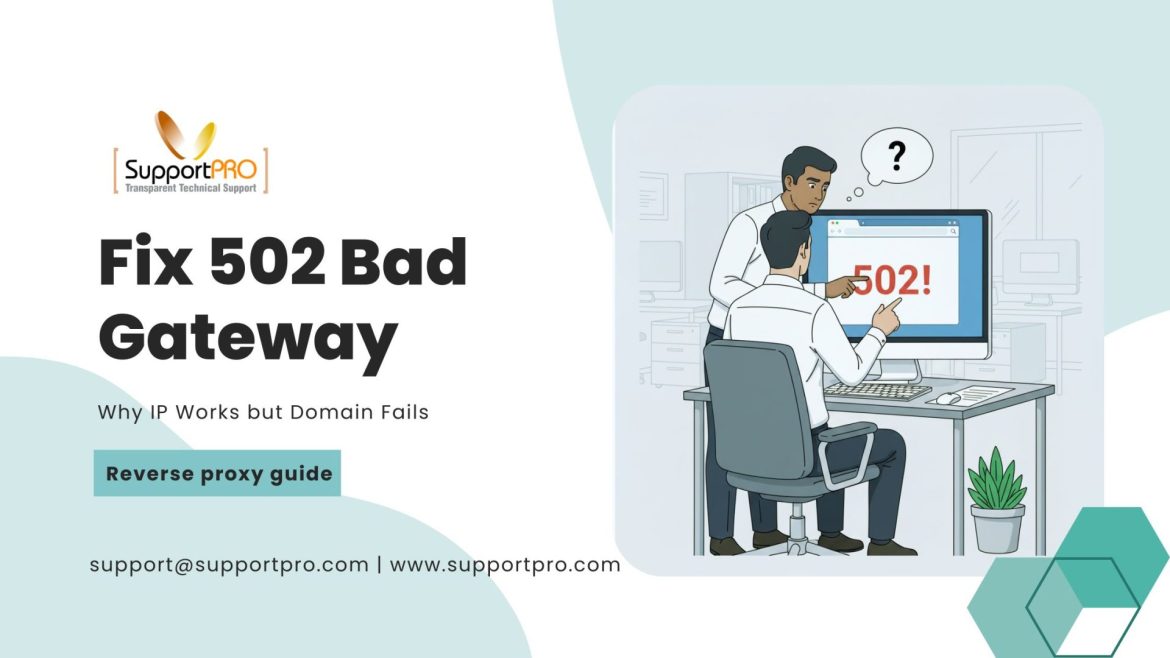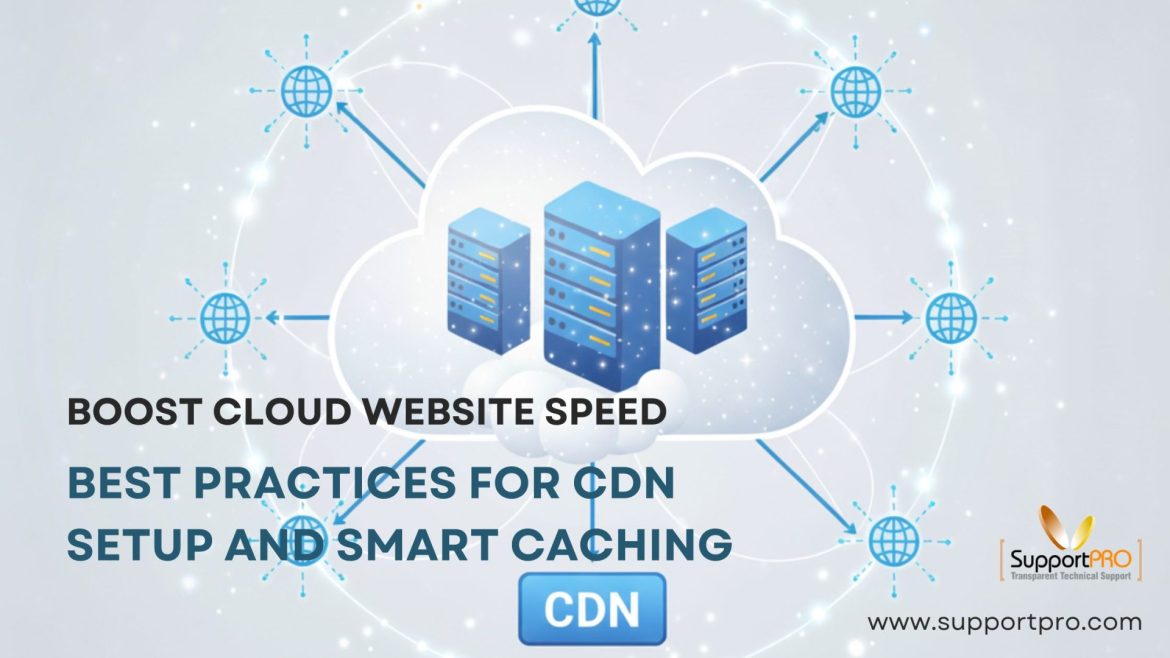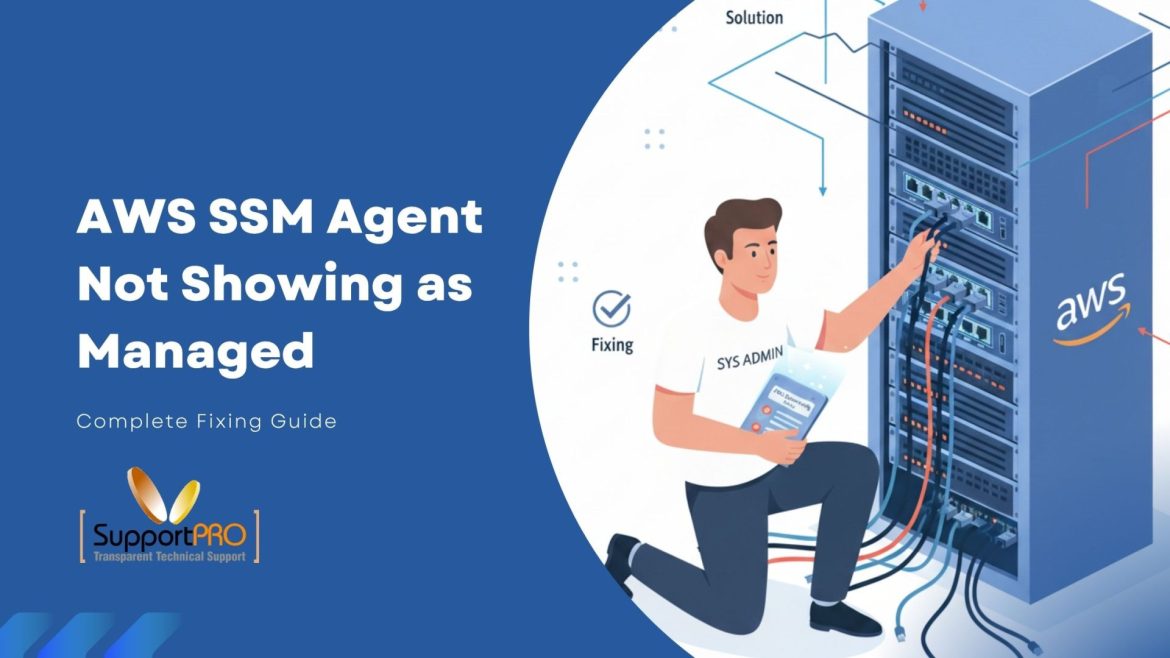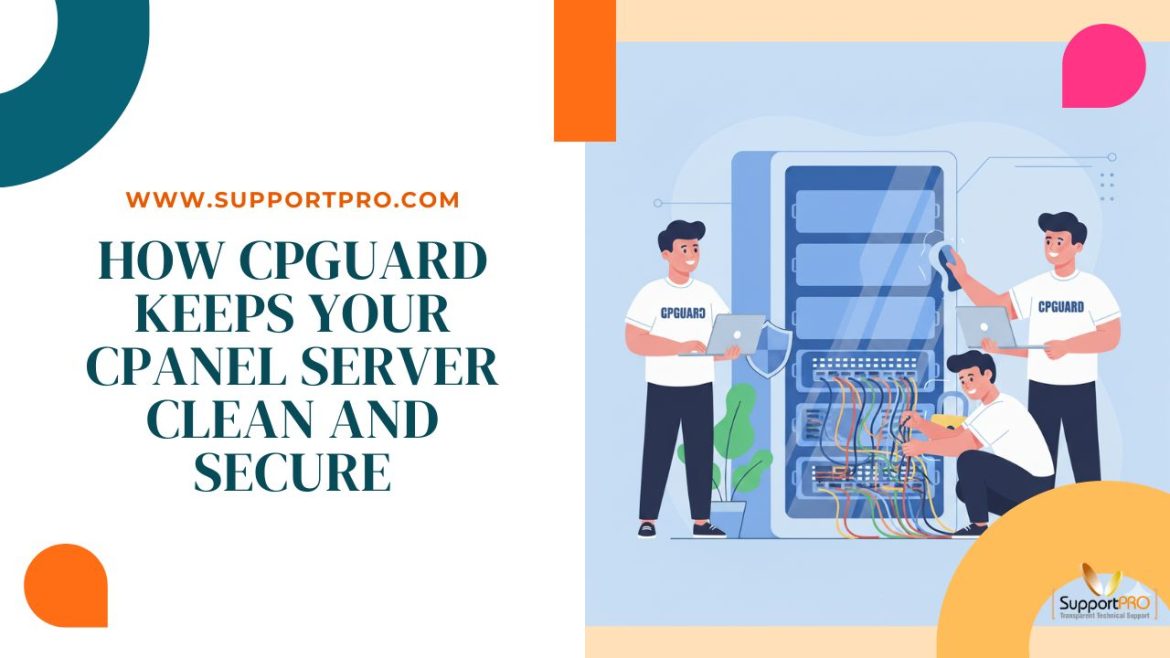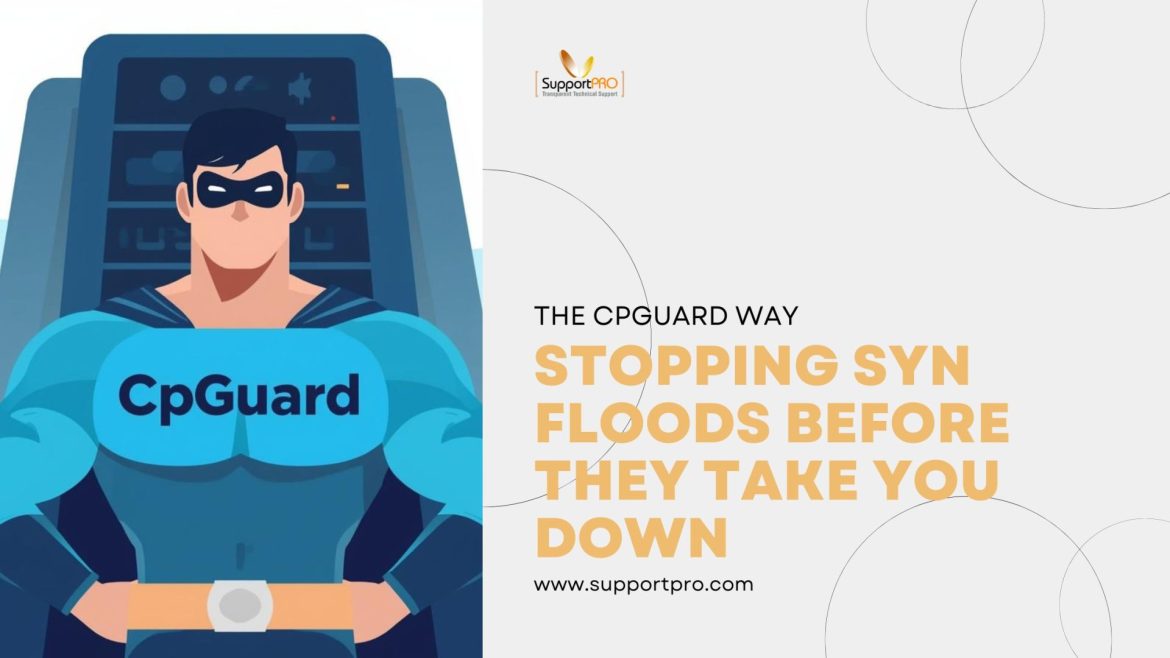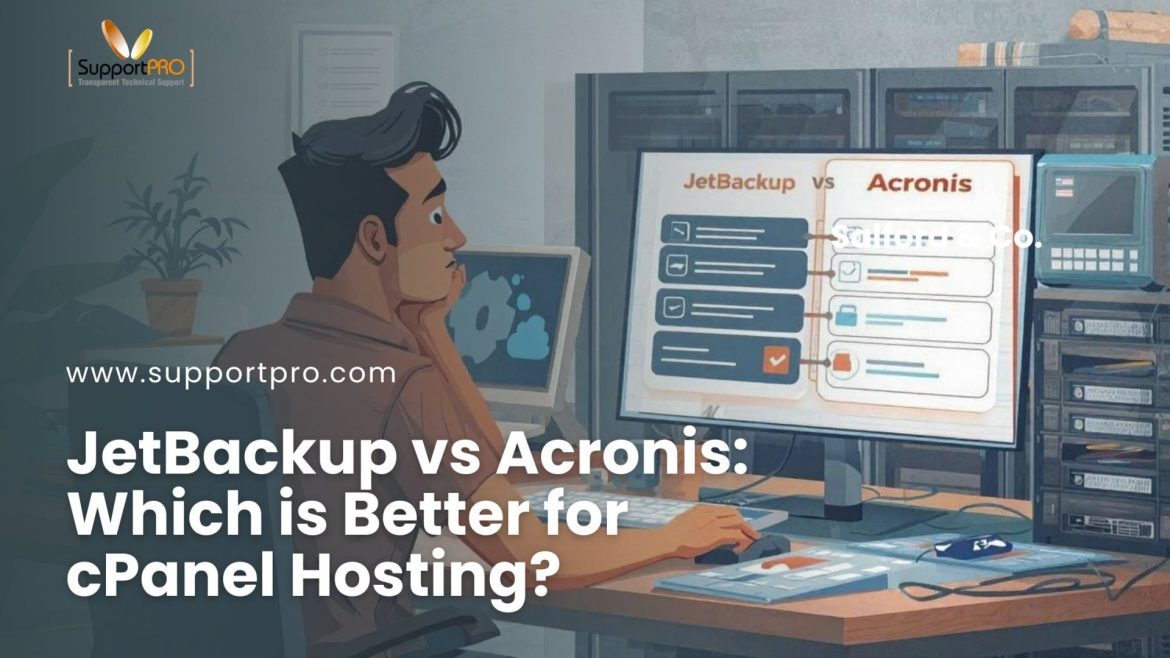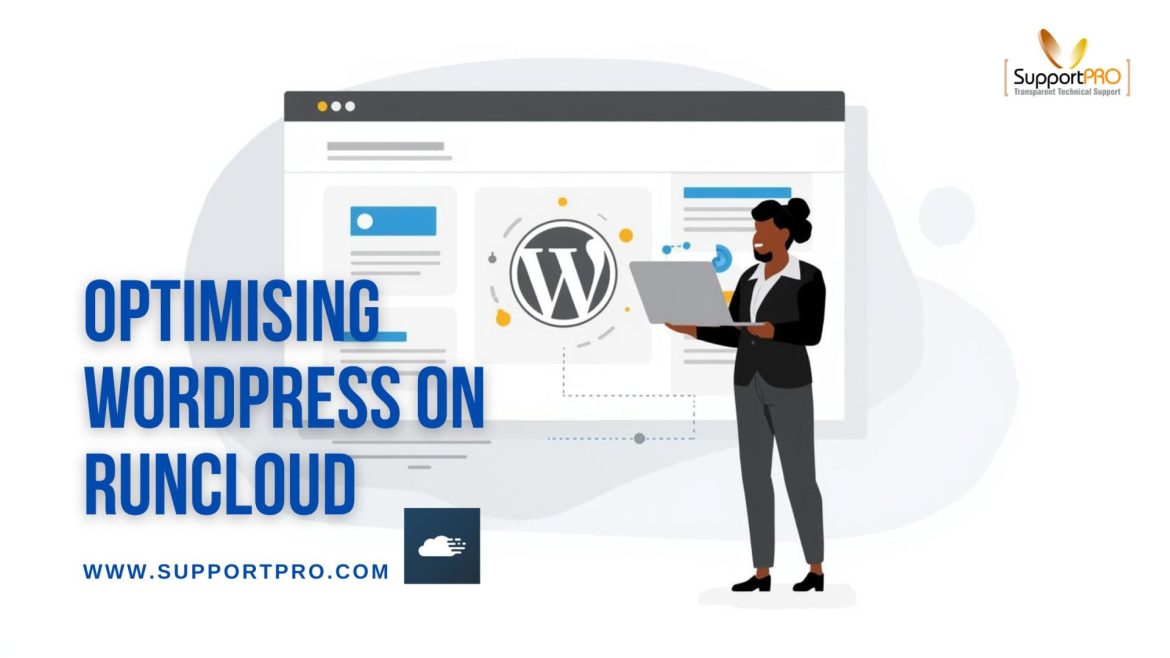When you see a 502 Bad Gateway error , it can be frustrating, especially when your website works perfectly fine using the server’s IP address, but breaks when you access it through the domain name. It’s a very common issue that happens when you’re using a reverse proxy such as Nginx, Apache, or HAProxy. In this blog, we explained why it happens, and how you can fix it by following the steps one by one.
SupportPRO Admin
How to Optimize Cloud-Hosted Websites with CDN and Caching – Step-by-Step Guide
While using the web in today’s life, the users expect their pages to load quickly and specifically on mobile & across globe all over the world. The websites that are hosted in the cloud, and combined with CDN , with smart caching strategies is the most effective path to reduce the latency issues, to reduce the server load and that helps to deliver a faster user experience.
How to Resolve AWS SSM Agent Not Showing as Managed: Complete Fixing Guide
This guide shares some practical pointers for digging into issues with AWS Systems Manager. Most of the time, problems show up in a few predictable places — the SSM Agent, Session Manager, Parameter Store, or Automation workflows. The idea here is to help you zero in on what’s actually going wrong instead of chasing symptoms
After reinstalling Debian—whether version 10 (Buster) or 11 (Bullseye)—one of the most common headaches is losing your network configuration. If your setup uses bonded interfaces (LACP / 802.3ad) for redundancy, the reload wipes out all those settings. The system comes up, but there’s no proper connectivity until bonding is restored.This guide walks through the exact steps we follow at SupportPRO to bring the network back up after a reload, get the bonds working again, and make sure SSH is accessible.
If you run a cPanel server, you know the drill. It’s a constant battle—malware, spam, brute-force attacks, endless updates, and clients who expect things to “just work.” The last thing you need is waking up to a hacked website or seeing your IP dumped on a blacklist. That’s where cPGuard comes in. It’s built specifically for web hosting, and honestly, it’s a lifesaver. So, what’s cPGuard actually do, and why does everyone keep recommending it? Let’s break it down.
SYN floods have been around forever, and honestly, they’re still one of the best ways for attackers to knock servers offline. The trick is simple: attackers blast your server with a ton of TCP SYN packets, but never finish the handshake. Your server ends up stuck, waiting on connections that never really start, eating up memory and connection slots until everything slows to a crawl—or just crashes. For web hosts and anyone running control panels, this means slow sites, broken services, and, yeah, unhappy customers. This is exactly where cPGuard …
If you’ve ever run a web hosting server, you know there’s one thing that can ruin your day faster than anything else — losing data. A failed update, a hacked account, or even a small misconfiguration can wipe out hours of work. That’s why backups aren’t just an option; they’re your safety net. When it comes to cPanel servers, two names keep popping up: JetBackup and Acronis Cyber Protect. Both are strong contenders, but they’re built for slightly different worlds. I’ve worked with both over the years, and here’s how …
Black Friday Optimization Guide: How to Supercharge WordPress on RunCloud
Black Friday is coming up fast, and if your site isn’t ready, you could lose traffic and sales in a heartbeat. It’s the busiest time of the year, and every second your pages take to load can make or break a sale. If you’re running your WordPress site through RunCloud, you already have a leg up. The platform gives you the tools to manage servers easily and fine-tune performance without digging too deep into code. But to really get your site humming, caching is where the magic happens. Less work …
RunCloud Security Explained: How Its Built-In Firewall Keeps Hackers Out 24/7
If you manage a website, even a small one, security is something you can’t brush aside anymore. Hackers don’t care how big your site is. They just care if it’s vulnerable. And that’s where RunCloud’s built-in firewall and its bundled tools make a big difference. Instead of needing five different tools and a bunch of scripts, RunCloud ties several protection systems together — Firewalld, Fail2ban, basic site authentication, a Web Application Firewall (ModSecurity), and even advanced 6G/7G firewalls for modern threats. Let’s go through what each one does and why …
If you’ve worked with servers for any amount of time, you’ve probably bumped into cPanel — it’s practically everywhere. For shared hosting, it’s fine. But once you start managing multiple cloud servers, things start to feel clunky. That’s when I moved over to RunCloud. And honestly, it felt like stepping into the modern world. RunCloud doesn’t just give you a control panel — it gives you control. You can manage several servers, handle deployments, monitor performance, and automate everything without logging into each box manually. If you’re still on the …


